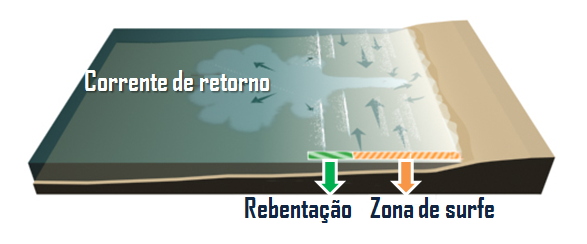What global warming and rising sea levels mean for New Orleans
WARNING: This column contains science. It might considered inappropriate or offensive by certain members of our congressional delegation and others who call themselves conservative. Ideological discretion is advised.
The South Louisiana Flood Protection Authority-East recently received a highly anticipated report on the future of the East Land Bridge -- that strip of marsh and ridge line between Chef and Rigolets passes that serves as the roadbed for U.S. 90. The land bridge is a top priority; it's the last remaining natural speed bump between Lake Pontchartrain and hurricane storm surges rolling in from the Gulf. And as we all now know, storm surge in the lake can flood communities from New Orleans to Madisonville to LaPlace.
But like the rest of the Mississippi River delta, the land bridge has been sinking and crumbling. So the authority hired the West Coast engineering firm of Ben C. Gerwick to tell it how long the land bridge has to live, what happens if it goes away, how to stabilize it and make it part of better surge protection -- and at what cost.
.......
After assessing all stressors affecting the land bridge they found "the threat of relative sea-level rise (or RSLR, which includes subsidence) was identified as the most critical: If conservative trajectories for RSLR projections were followed, most of the East Land Bridge could be fully submerged by 2060." The projections used in the report show relative sea-level rise at the land bridge to be at least 2.8 feet by the end of the century, and the engineers stressed, "The whole region delineated in this project is highly vulnerable to even relatively small permanent variations in the relative MSL (mean sea level)."
Unfortunately, since this report was compiled, research based on actual measurements shows the seas have been rising about 60 percent faster than those original projections made in 2007 by the International Panel on Climate Change.
The impact of sea level rise on any storm protection strategy was a constant theme in the report. The Gerwick team used a series of powerful slides to illustrate the fate of the land bridge as global warming powered by human-produced greenhouse gases continues to cause seas to rise. At just 2 feet of rise, the bridge was basically gone.

democraticunderground.com
The South Louisiana Flood Protection Authority-East recently received a highly anticipated report on the future of the East Land Bridge -- that strip of marsh and ridge line between Chef and Rigolets passes that serves as the roadbed for U.S. 90. The land bridge is a top priority; it's the last remaining natural speed bump between Lake Pontchartrain and hurricane storm surges rolling in from the Gulf. And as we all now know, storm surge in the lake can flood communities from New Orleans to Madisonville to LaPlace.
But like the rest of the Mississippi River delta, the land bridge has been sinking and crumbling. So the authority hired the West Coast engineering firm of Ben C. Gerwick to tell it how long the land bridge has to live, what happens if it goes away, how to stabilize it and make it part of better surge protection -- and at what cost.
.......
After assessing all stressors affecting the land bridge they found "the threat of relative sea-level rise (or RSLR, which includes subsidence) was identified as the most critical: If conservative trajectories for RSLR projections were followed, most of the East Land Bridge could be fully submerged by 2060." The projections used in the report show relative sea-level rise at the land bridge to be at least 2.8 feet by the end of the century, and the engineers stressed, "The whole region delineated in this project is highly vulnerable to even relatively small permanent variations in the relative MSL (mean sea level)."
Unfortunately, since this report was compiled, research based on actual measurements shows the seas have been rising about 60 percent faster than those original projections made in 2007 by the International Panel on Climate Change.
The impact of sea level rise on any storm protection strategy was a constant theme in the report. The Gerwick team used a series of powerful slides to illustrate the fate of the land bridge as global warming powered by human-produced greenhouse gases continues to cause seas to rise. At just 2 feet of rise, the bridge was basically gone.

democraticunderground.com


Comentários
Postar um comentário